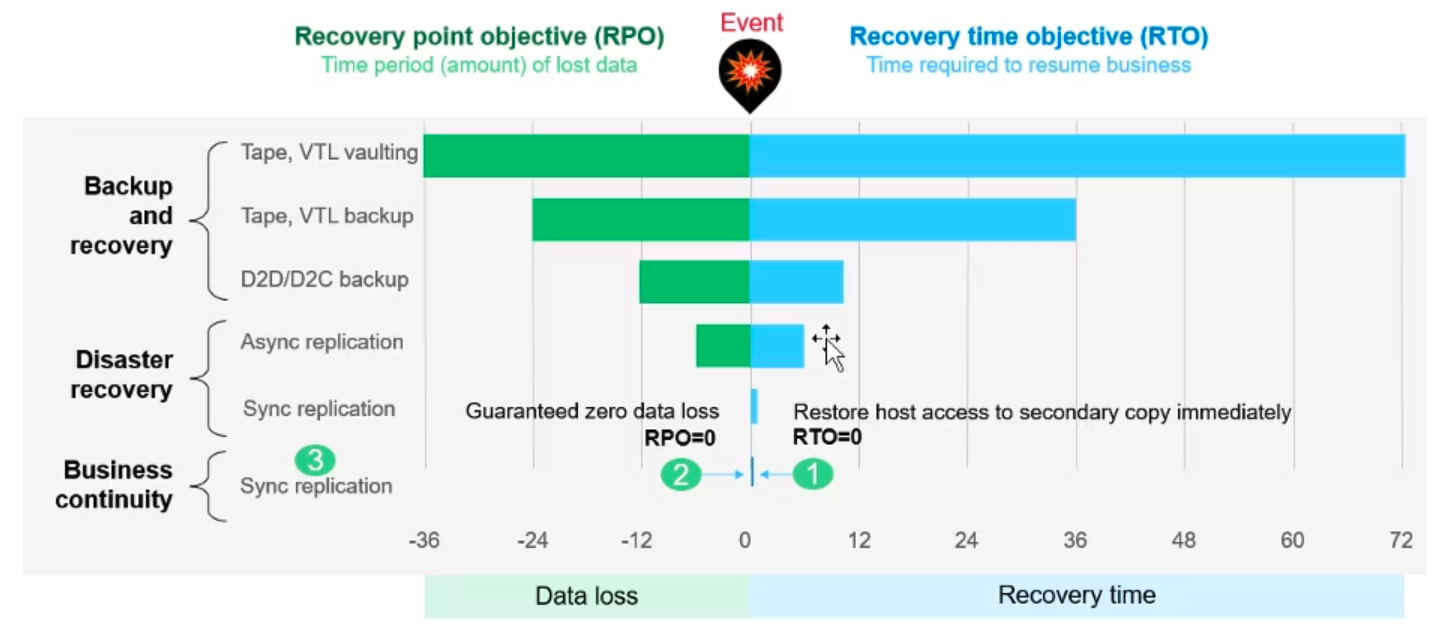Almost everyone in the world is familiar with the Rubik’s Cube. It’s a puzzle that looks simple at first but gets very complex after only a few iterations of trying to solve it. The more layers you add on top, the more complicated it gets. Pretty soon, you’ll find yourself with a jumbled mess that seems impossible to sort out.
That is, until you learn the trick. In this case, the trick is a solution algorithm that allows you to take a cube from any form of jumbled state and, with some application of effort, put the cube back into solved puzzle. The algorithm isn’t even extremely difficult. It just takes application of the steps and soon you’ll find yourself transformed from a colored mess of chaos to order.
Complexity Layers
How does a Rubik’s Cube and a solution algorithm apply to the world of SD-WAN? Well, as it turns out, there are quite a few similarities. During a recent presentation at the Interop ITX Network Transformation Summit, Luis Castillo of National Instruments talked about his company’s journey from traditional networking to SD-WAN.
The main focus of the presentation was about how networks start off simple and become more complex as you layer technologies on top of each other. Luis illustrated this point perfectly by attaching a “complexity score” to each point along the way.

As you can see in this slide, simple network connectivity options have a relatively low complexity score. Fewer numbers of branch sites and fewer numbers of services reduce complexity. Less complicated networks are easy to manage and deploy. However, as services and sites begin to be layered on top of each other the amount of complexity increases very quickly.

As in the above picture, the introduction of technologies like policy-based routing and DMVPN across multiple transports caused the complexity score to shoot up from an 8 to a 29. It’s a huge increase in the amount of parts and pieces that need to be tracked by engineers and administrators. Much like the Rubik’s Cube example above, the more complexity that gets layered on top of the rest the more difficult it is to extract the simplicity of the solution from the jumbled state.
Add in the fact that these services are necessary for the operations of the business and you can see how one wrong move could cause a significant loss of time or money for a business. It’s no wonder why no one wants to touch a legacy network that’s up and running.
SD-WAN As An Algorithm
Luis went on to explain how his company introduced SD-WAN into their environment. At first, the SD-WAN solution added complexity to the network. That’s not a surprise, as each piece that gets added to the network does increase the complexity. In the below example, using Luis’s scoring system National instruments went from a 29 Complexity to a 34 Complexity when SD-WAN was introduced and configured properly.

Moving up in complexity sounds backwards, but let’s think about the Rubik’s Cube example again. By adding the algorithm to the solution mix, you’re actually making it more difficult on yourself at first. You have to unlearn your old strategies and add in a new method. You may want to give up. You can’t see how this new way of thinking could possibly make things any easier. But perseverance is the key.
As you begin to bring more SD-WAN nodes online, you can begin to take services that are difficult to configure and manage and start to route them through your SD-WAN network. For National Instruments, this meant pushing guest wireless network traffic through the SD-WAN fabric as well as figuring out how to segment company-owned assets to ensure that only approved devices were accessing resources. It also meant trying to figure out how to configure the edge routers to handle different transport types like MPLS, direct Internet access, and broadband.

As you can see in this final slide, when National Instruments finally migrated their connectivity from traditional network routers to SD-WAN their complexity level fell from a high of 34 under the initial deployment to a final score of 23, which is even well below the network before the introduction of SD-WAN. The network diagram is also significantly more simple and easy to troubleshoot.
Now, with the reduced complexity and ease of use, National Instruments can start to see how much more they can improve their services or reduce their need for things like MPLS. Knowing that they won’t make anything more complex with their additions also makes it much easier to justify adding new pieces to the network.
Bringing It All Together
Much like the Rubik’s Cube example, once you learn the algorithm and you know you can solve any cube configuration by following the steps, you can begin to increase your speed and come up with some truly amazing feats. It’s not rocket science at all. It’s just a simple set of instructions that you follow to make your life easier. That’s the real power behind SD-WAN. It’s a technology set that is designed make your work life easier and less complicated.
As the examples from Luis Castillo show, it’s not difficult to implement SD-WAN in your environment and watch your complexity go from off the charts to something much more manageable. Once you’ve introduced SD-WAN into your network you’ll have a lot of free time to do some things you’ve always wanted to do. Perhaps even take up solving a Rubik’s Cube.





In addition to reducing complexity the speed at which rest of the network gets deployed with Cisco SDWAN is phenomenal. Its like setting up the assembly line which is tough and time consuming. Once it is done, then production happens fast. I had the pleasure of working with Luis on his network from Viptela/Cisco side as part of the services engagement.